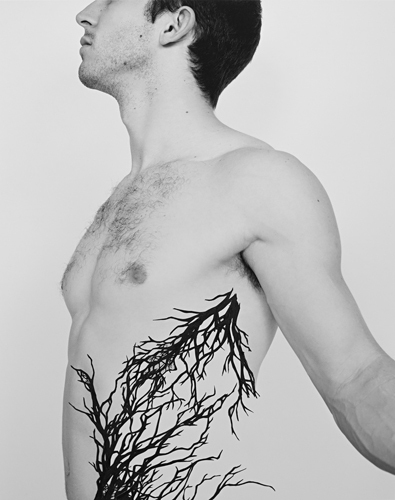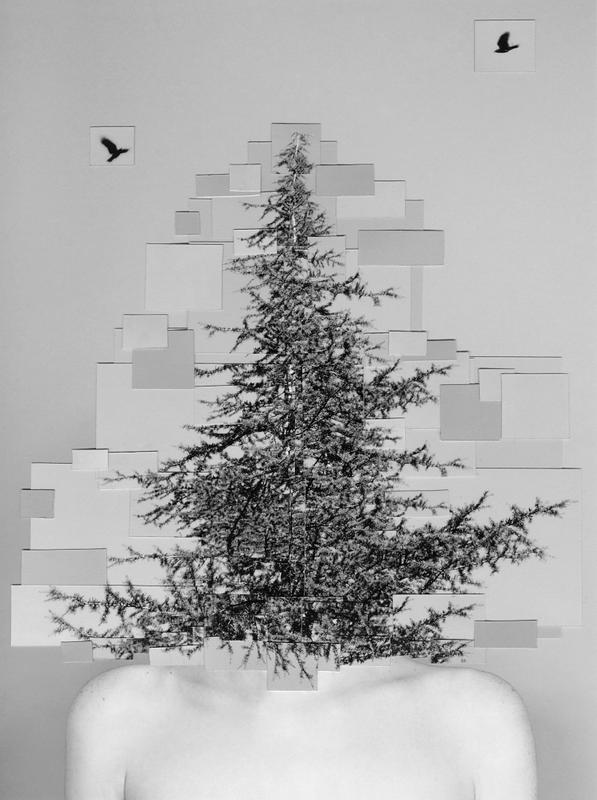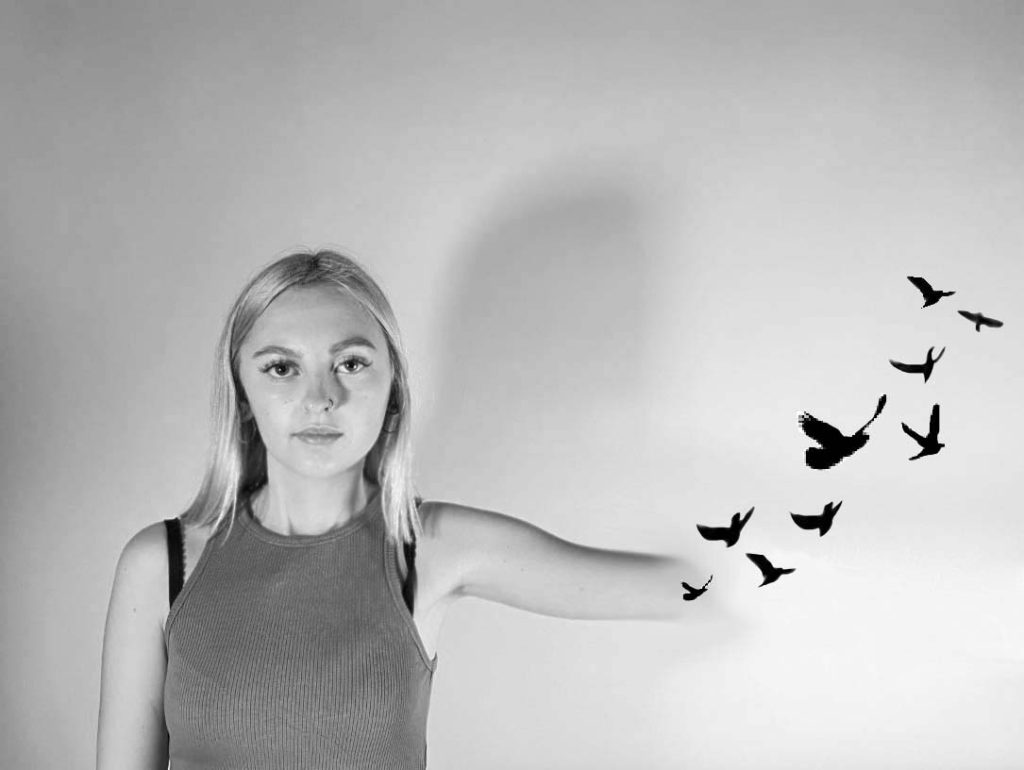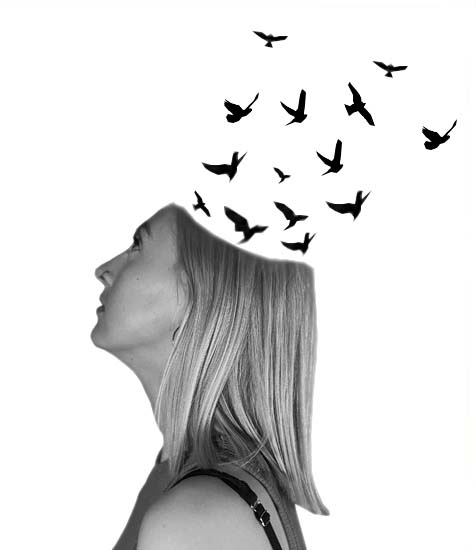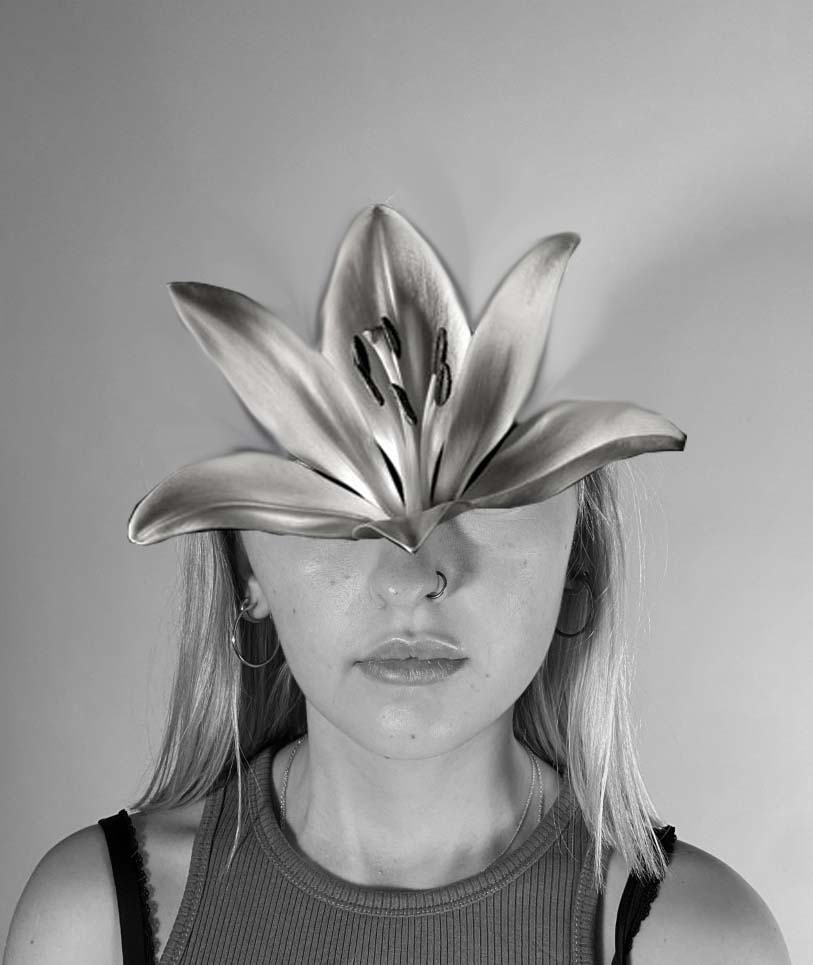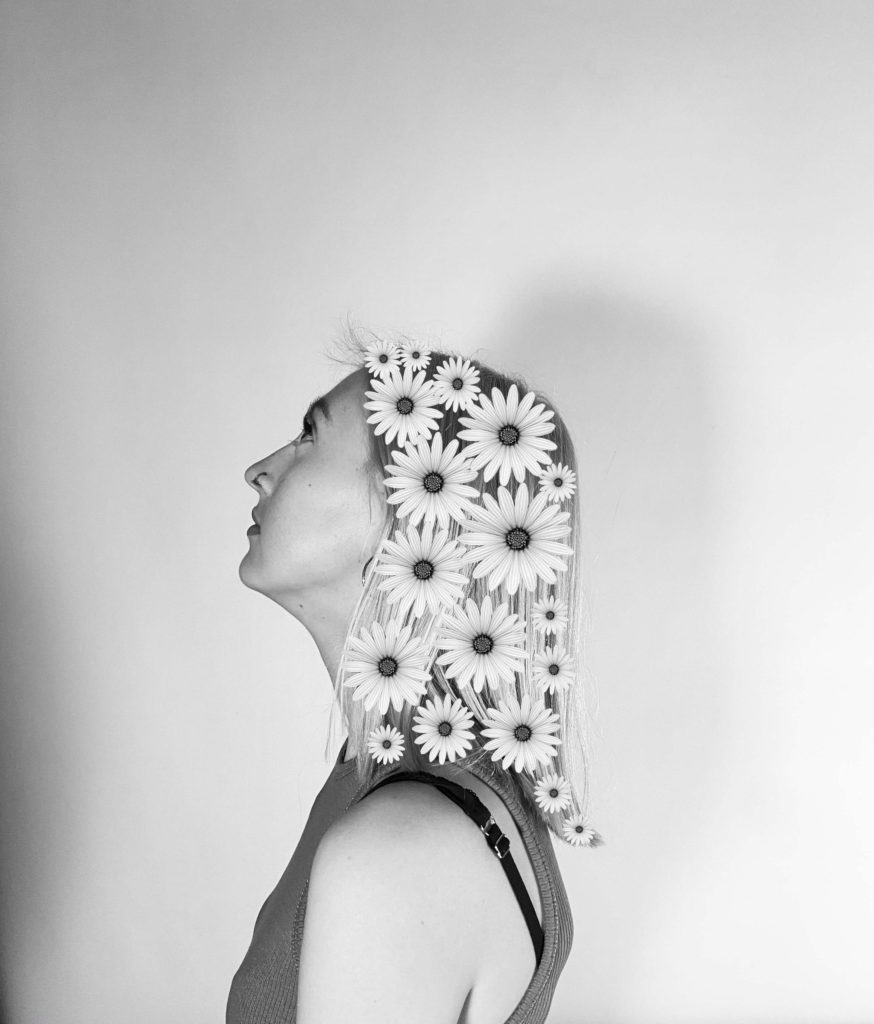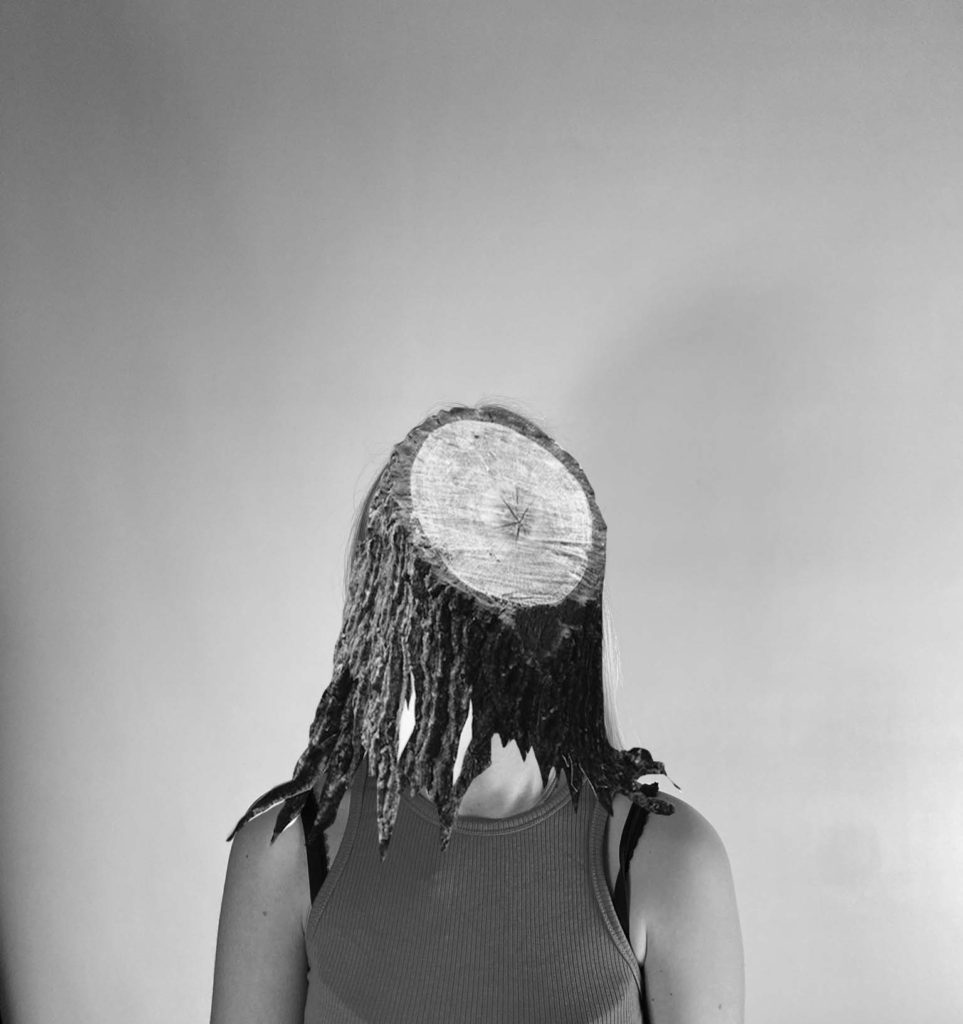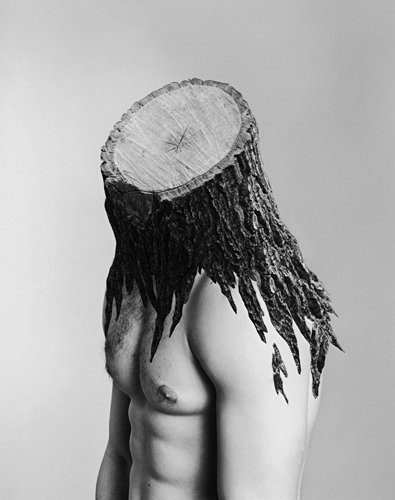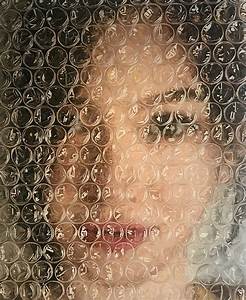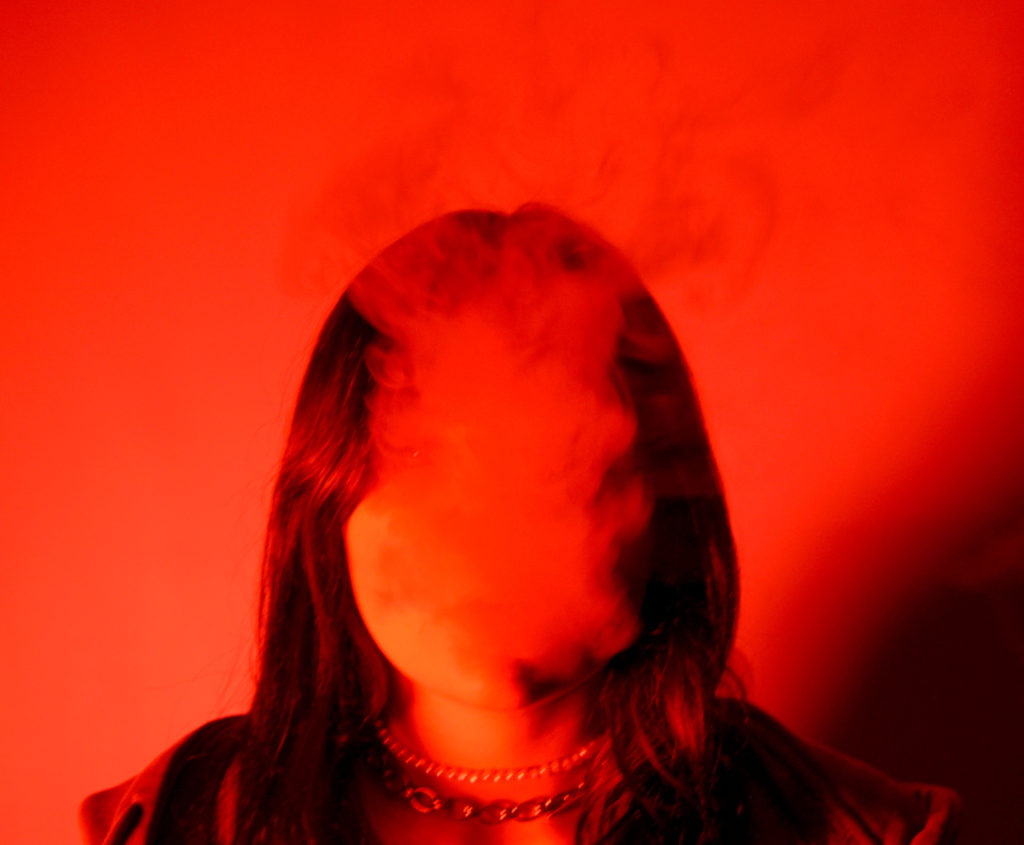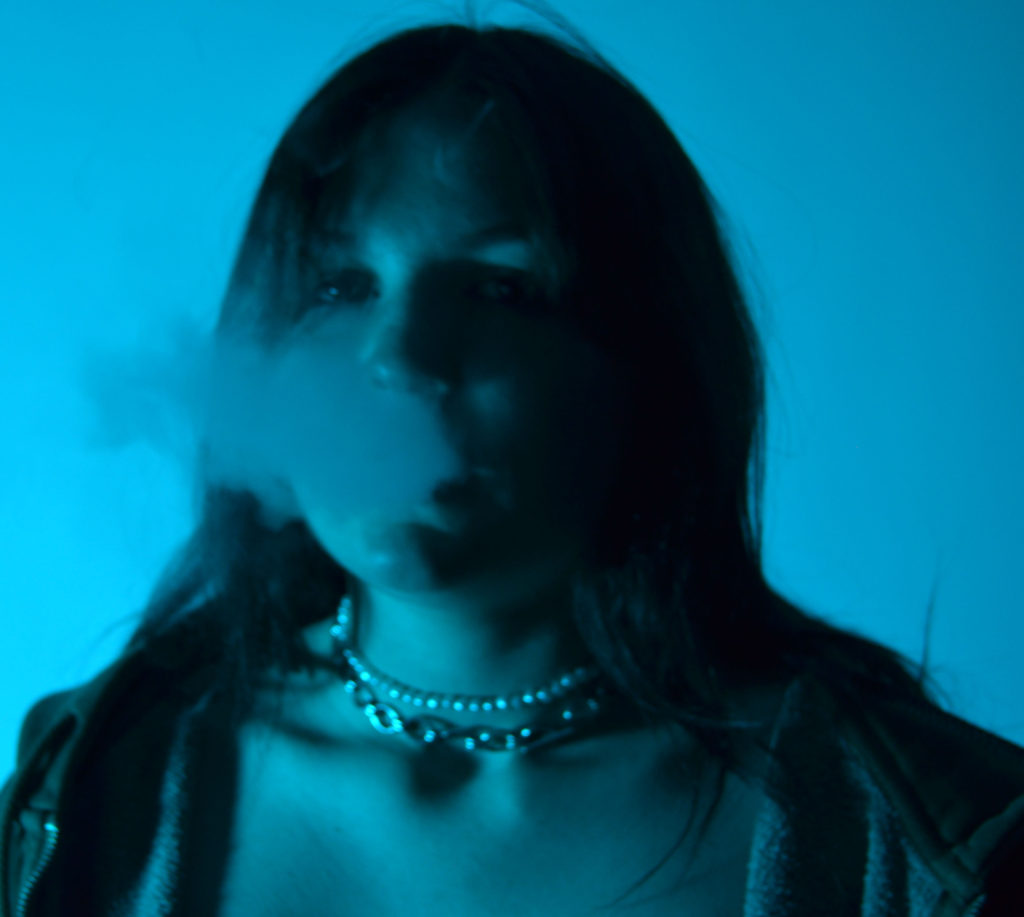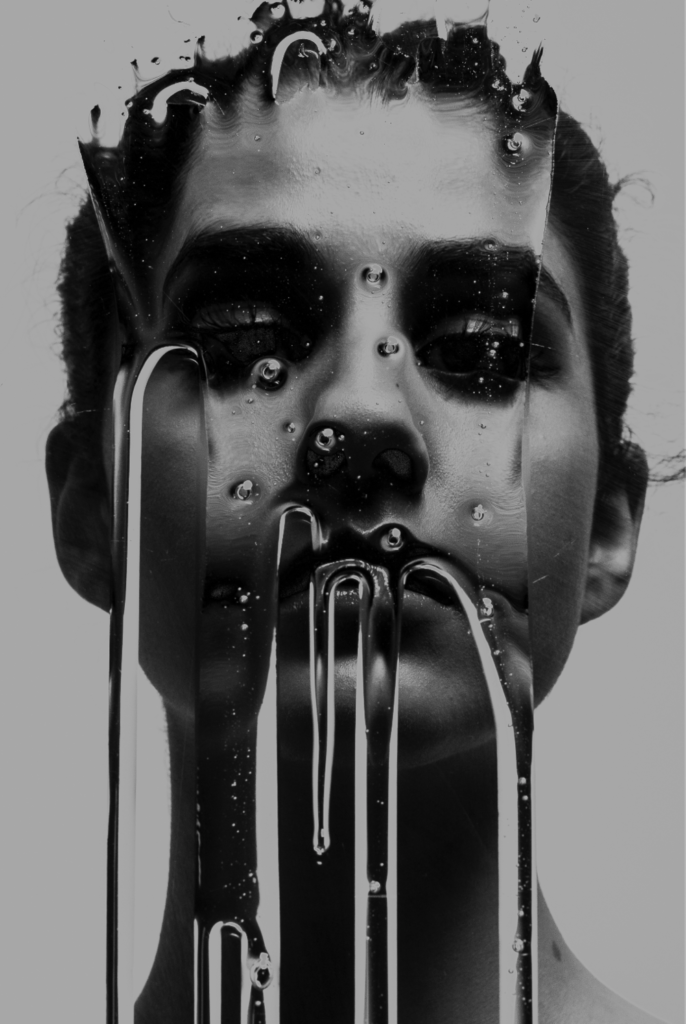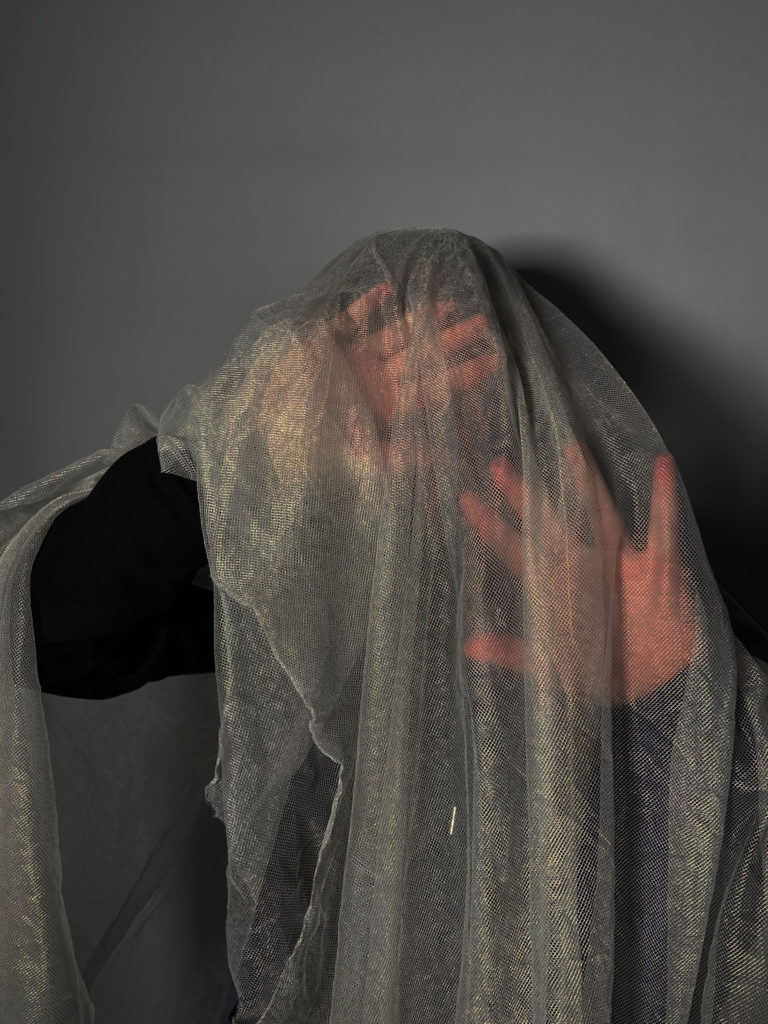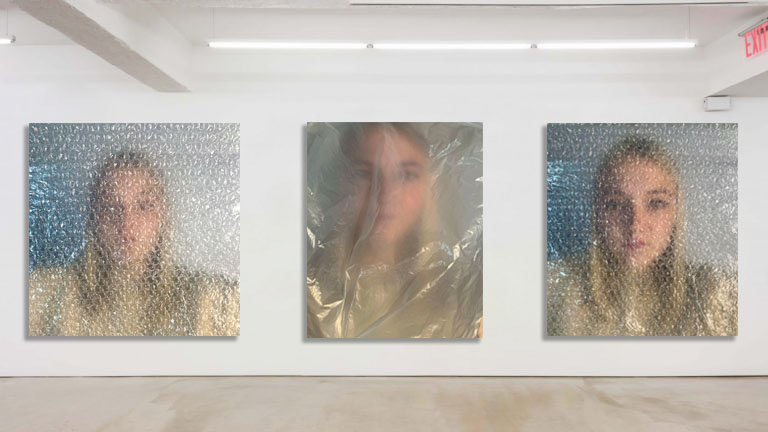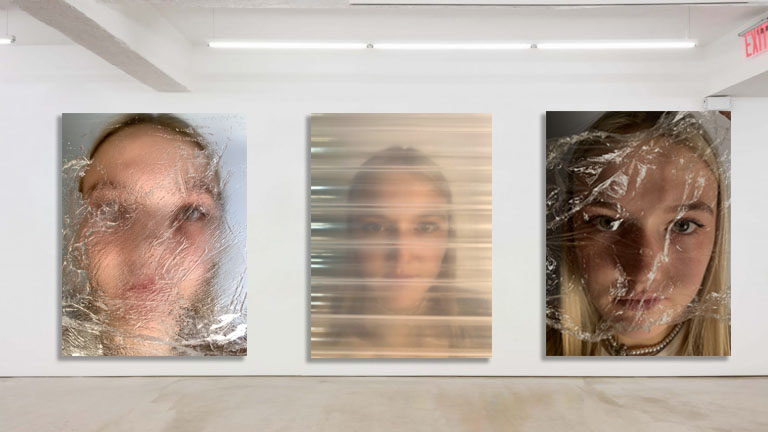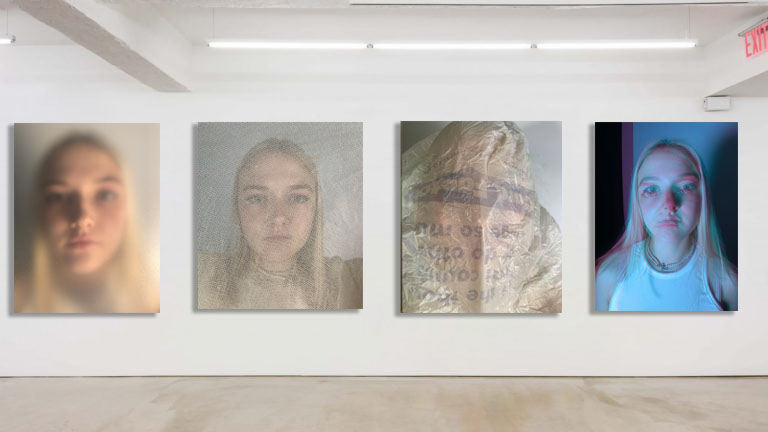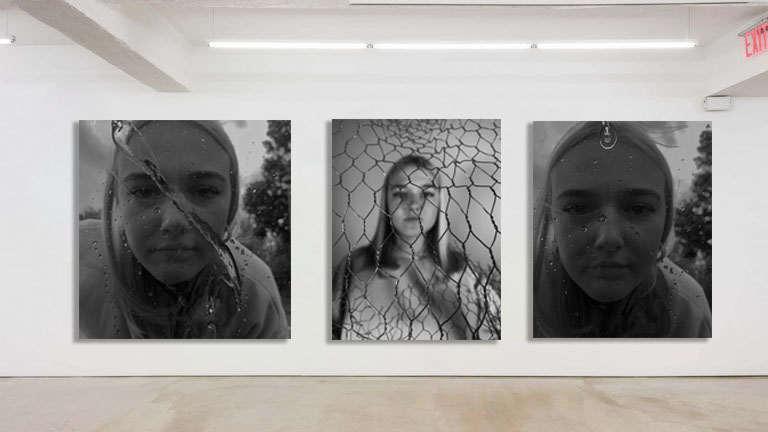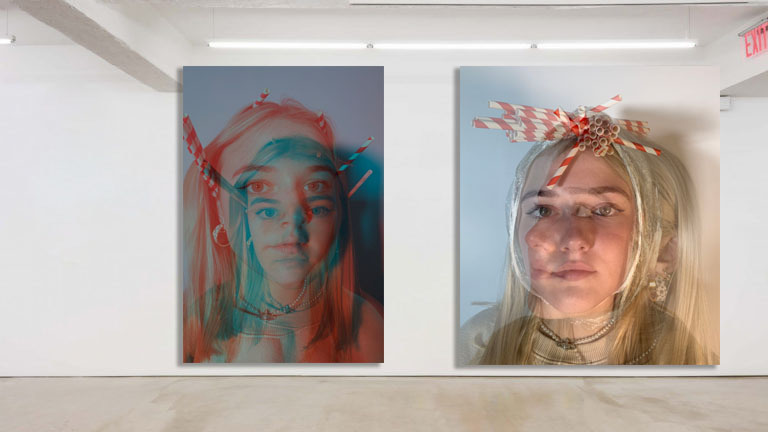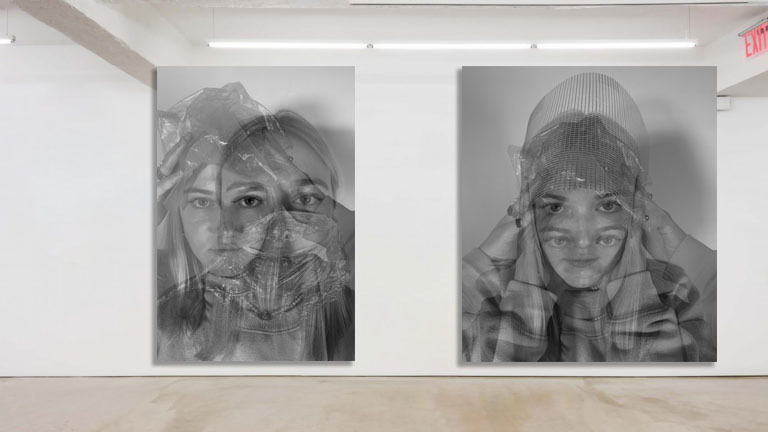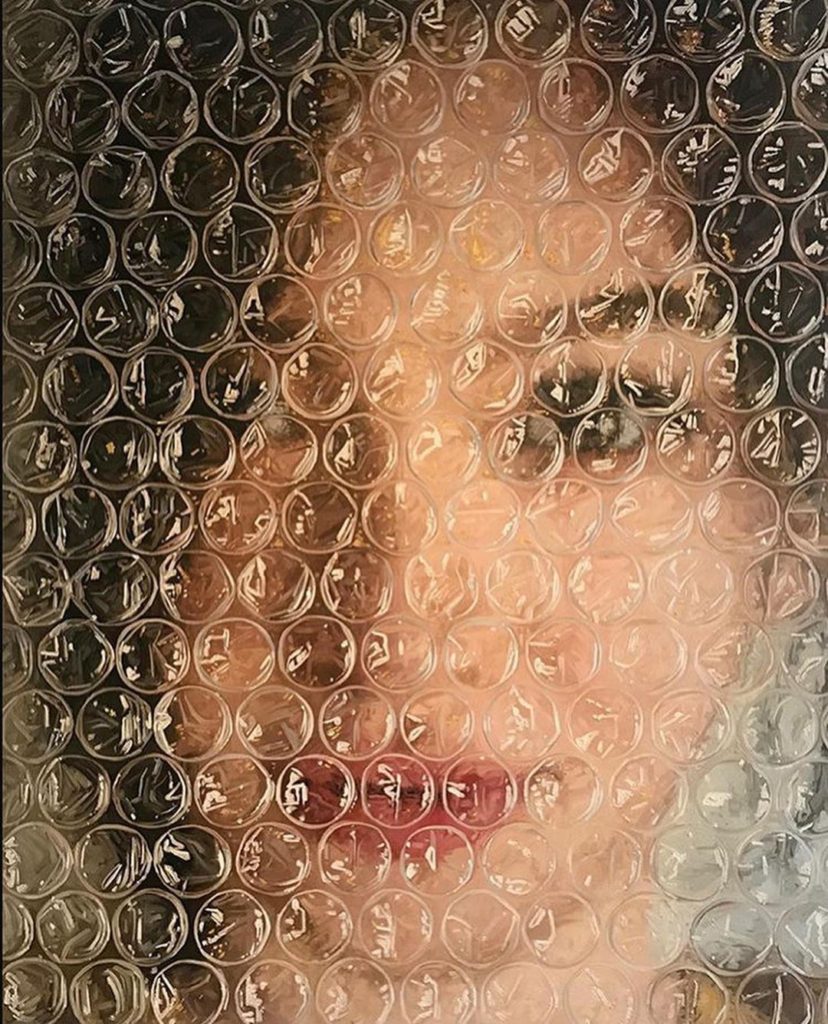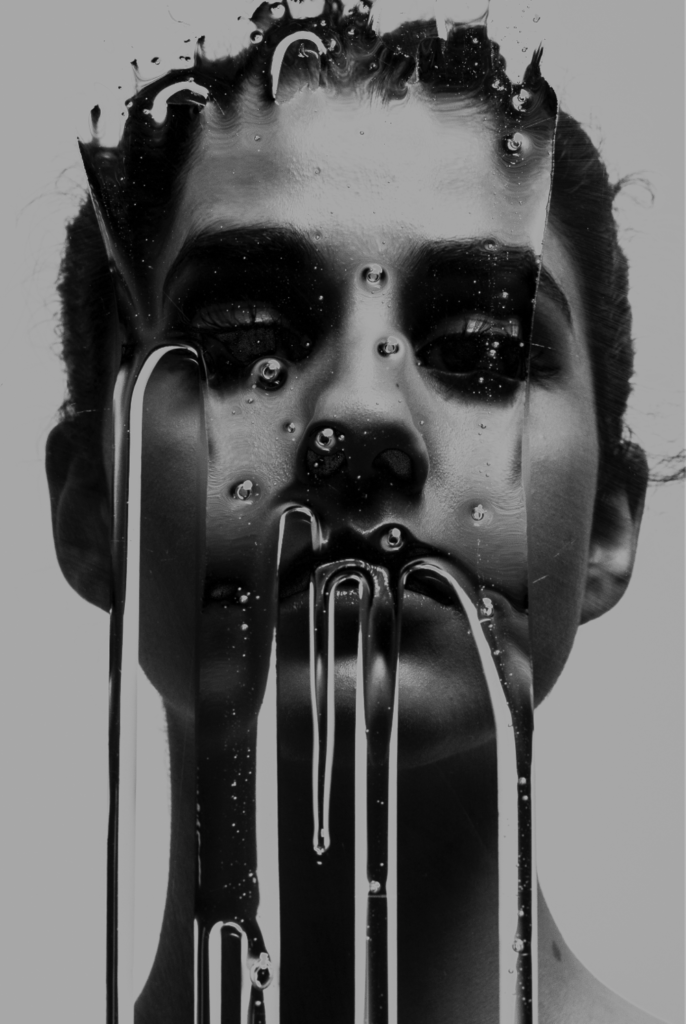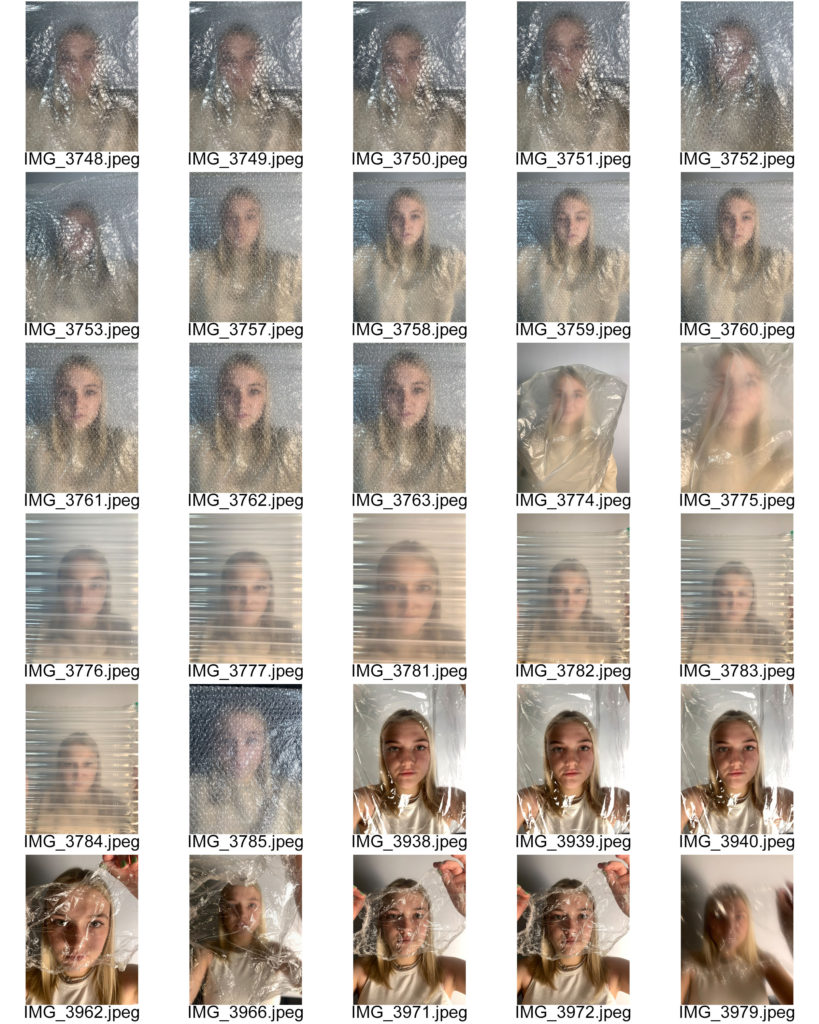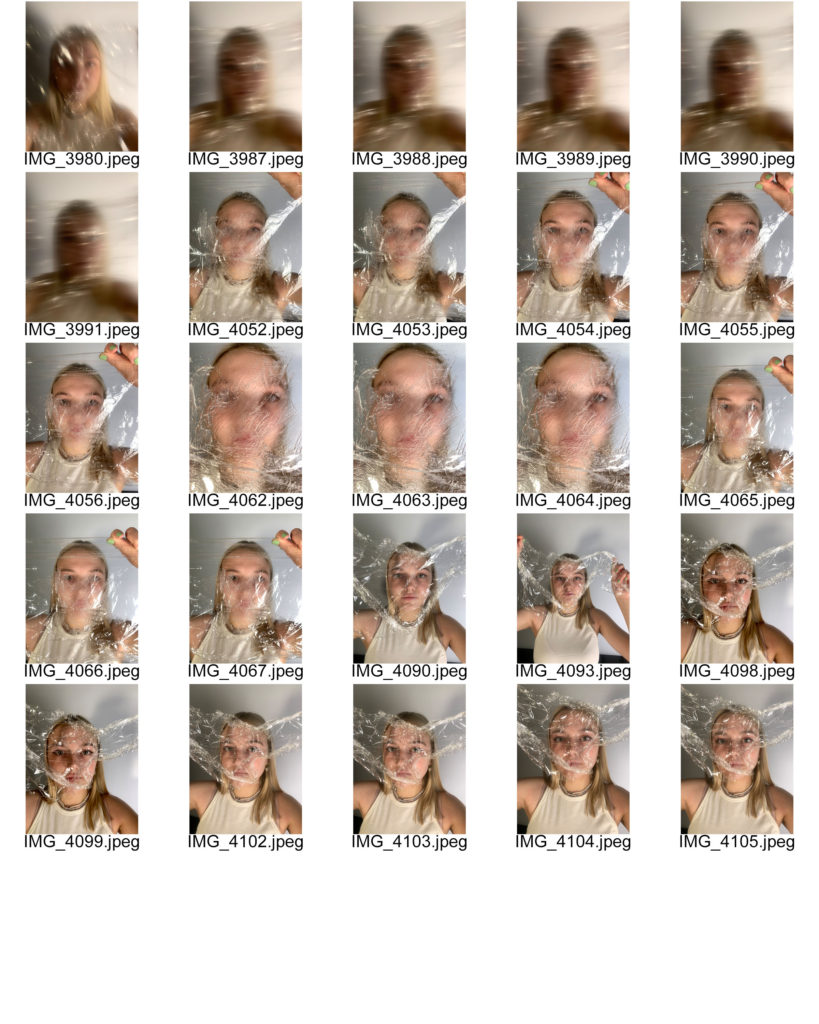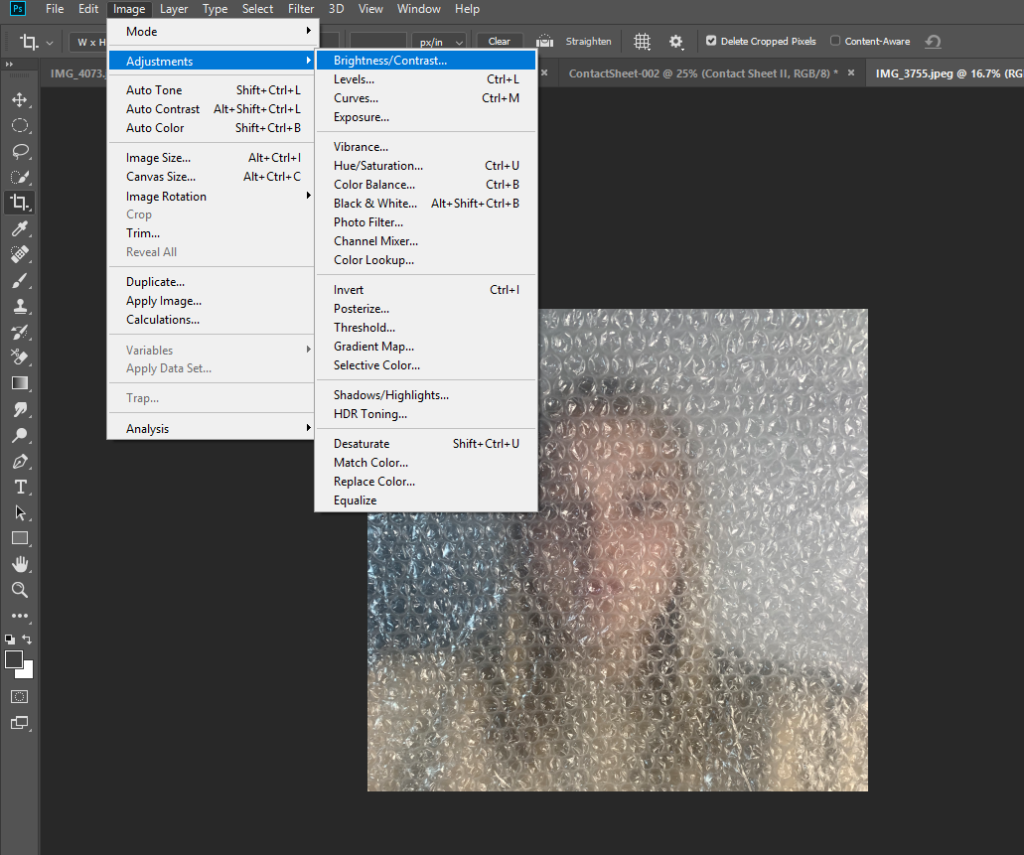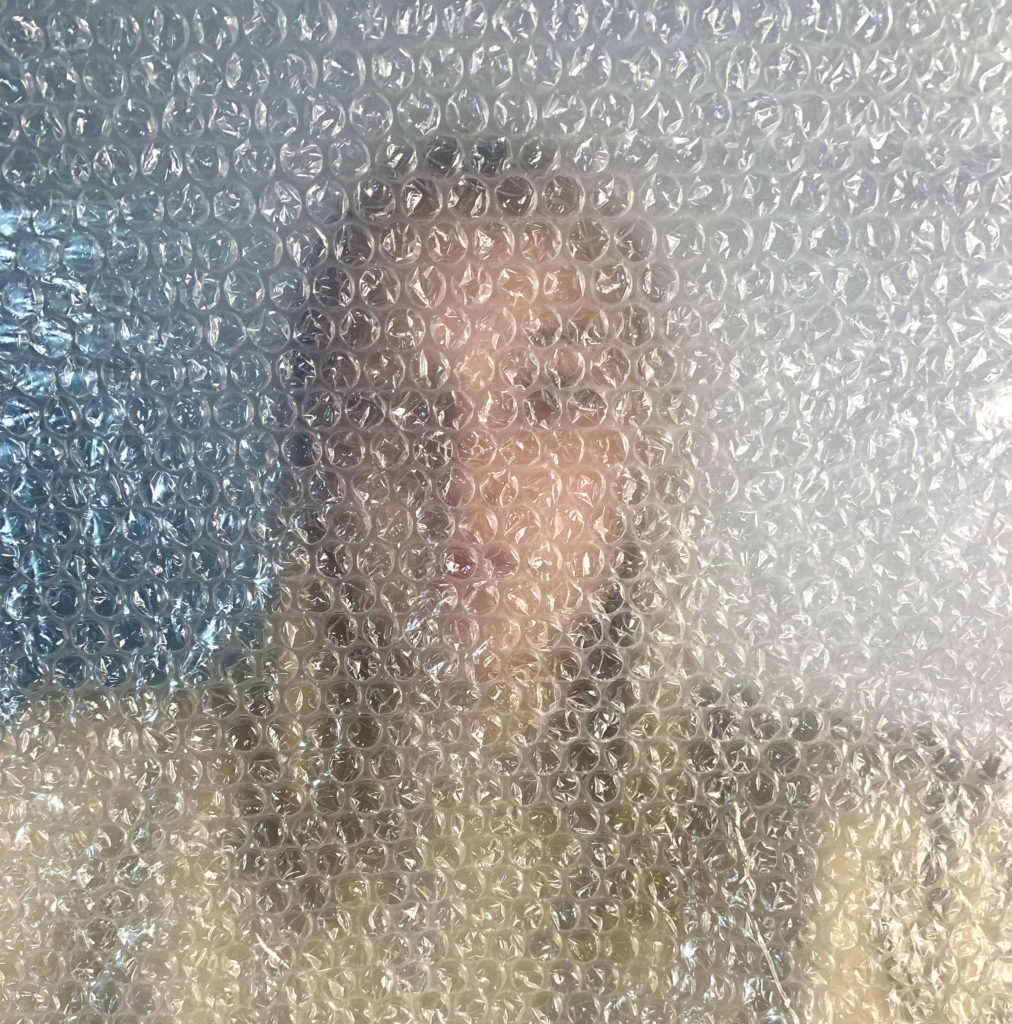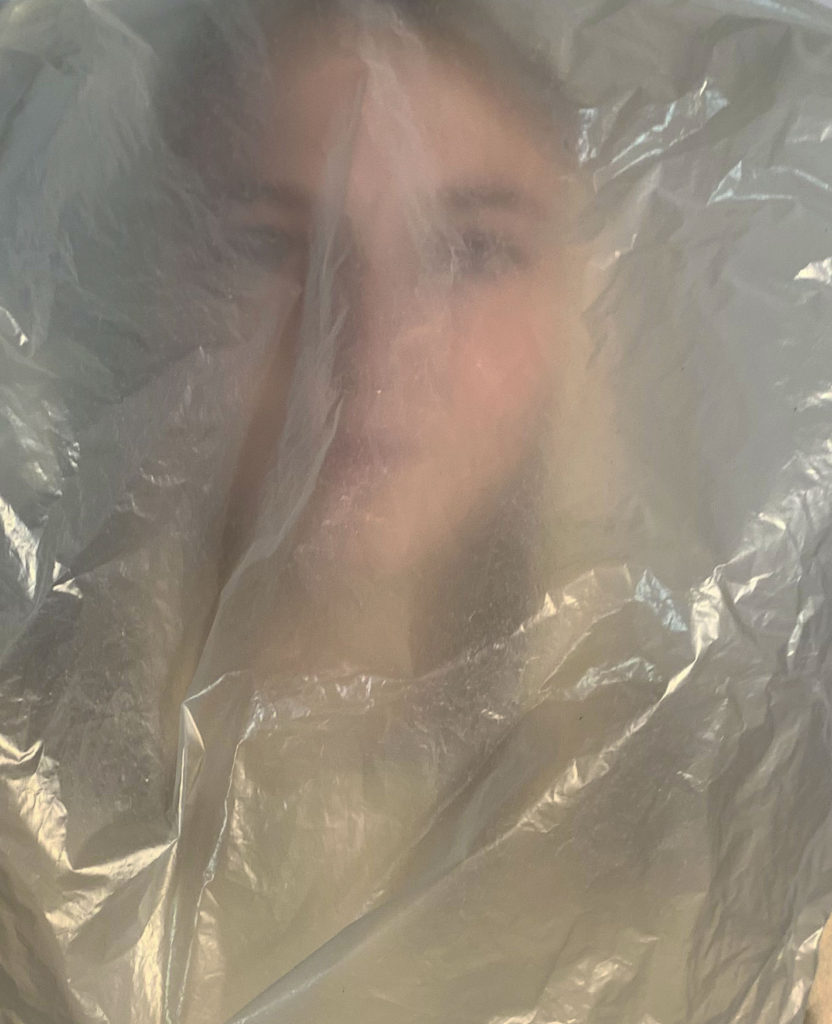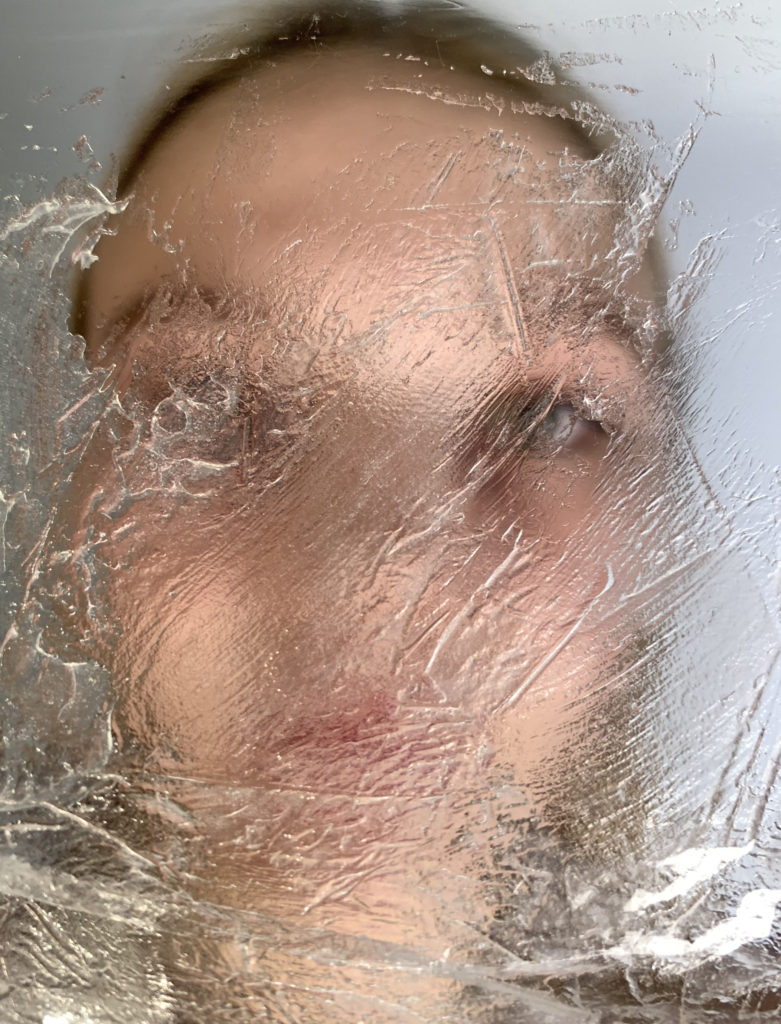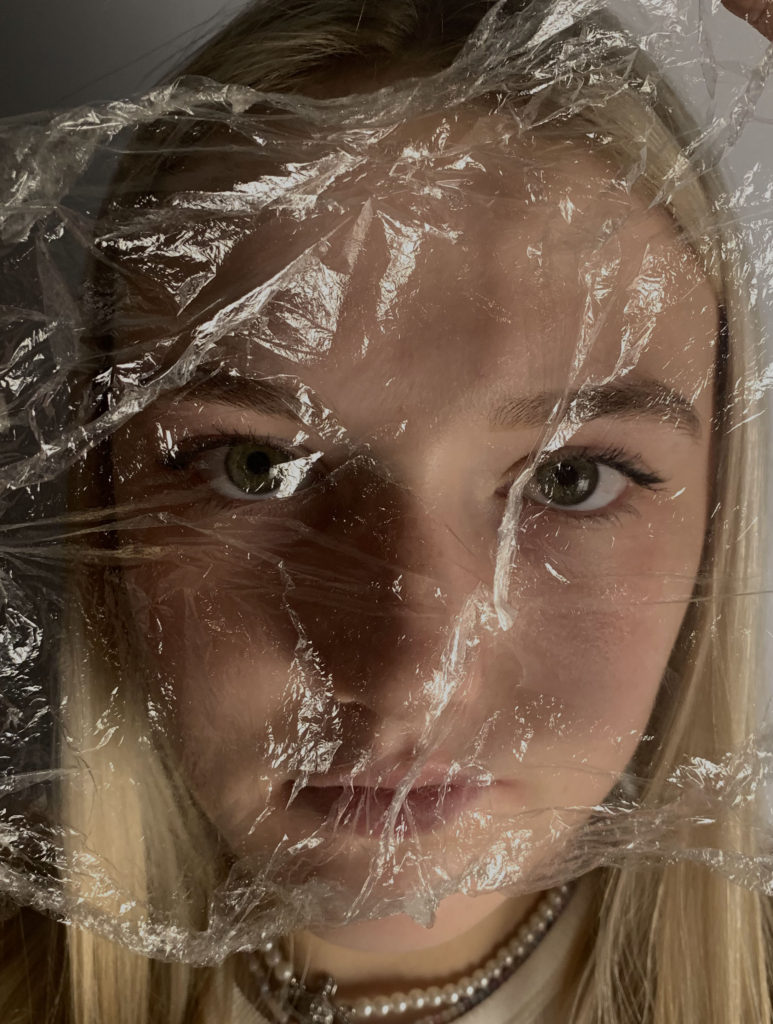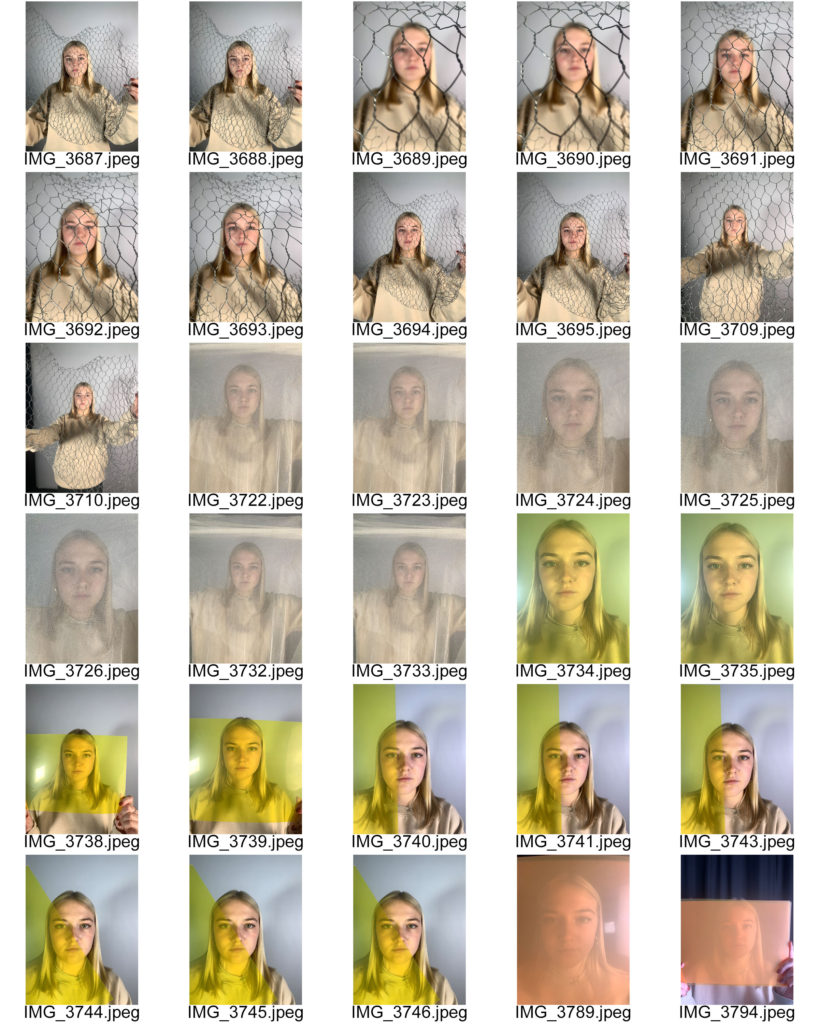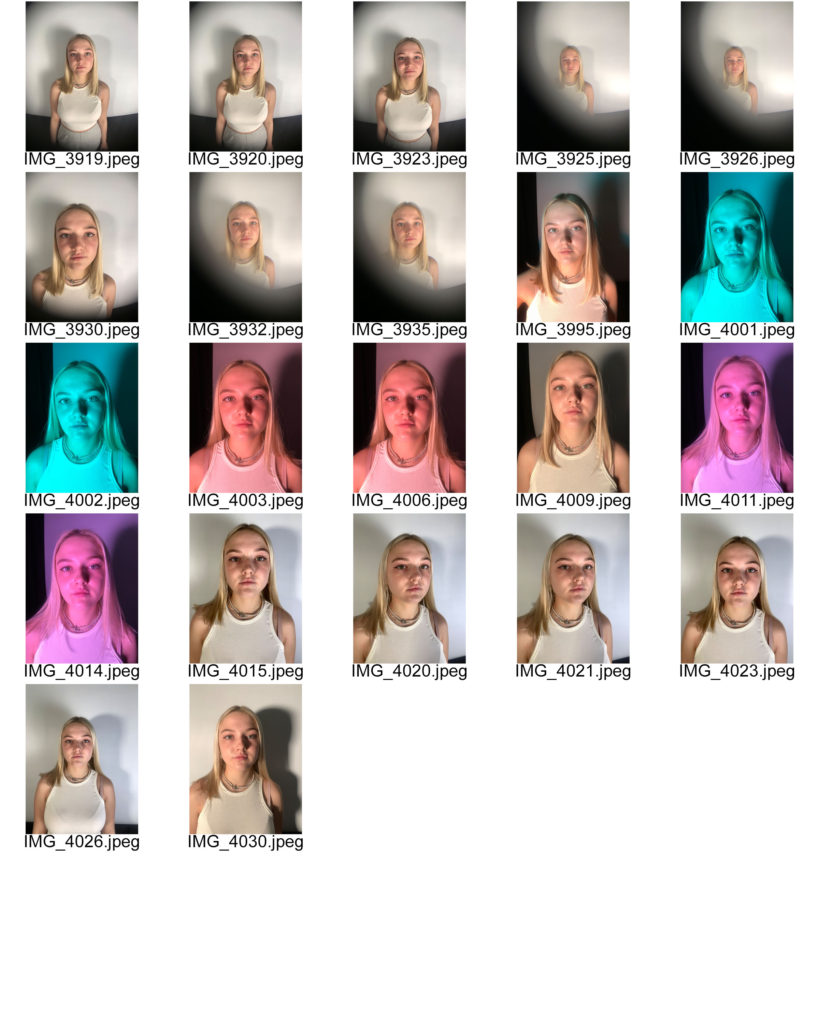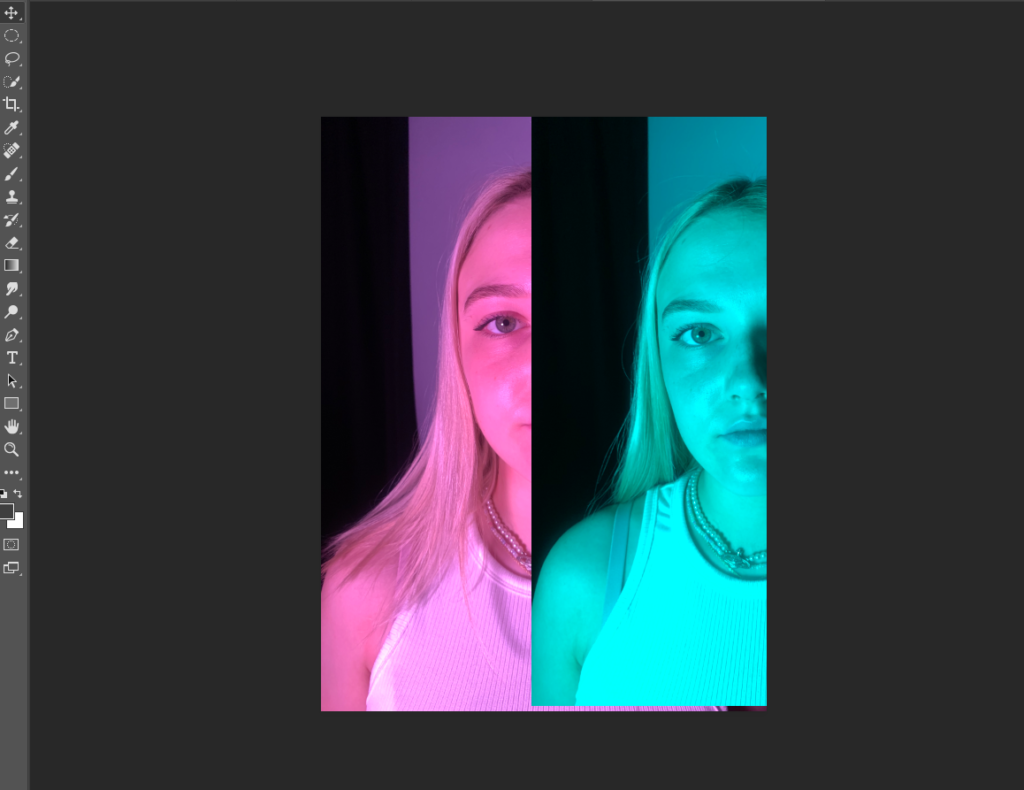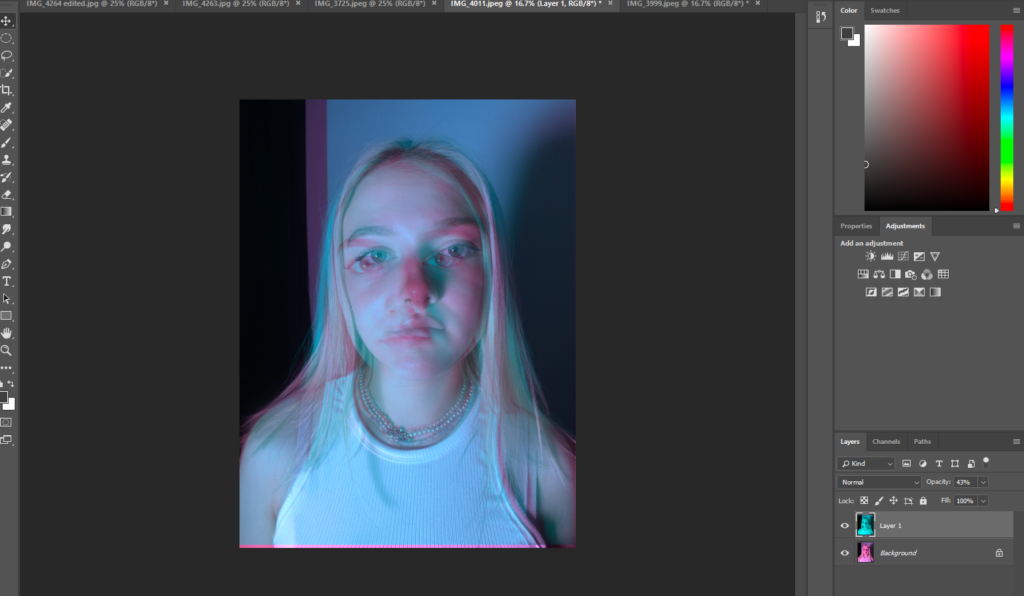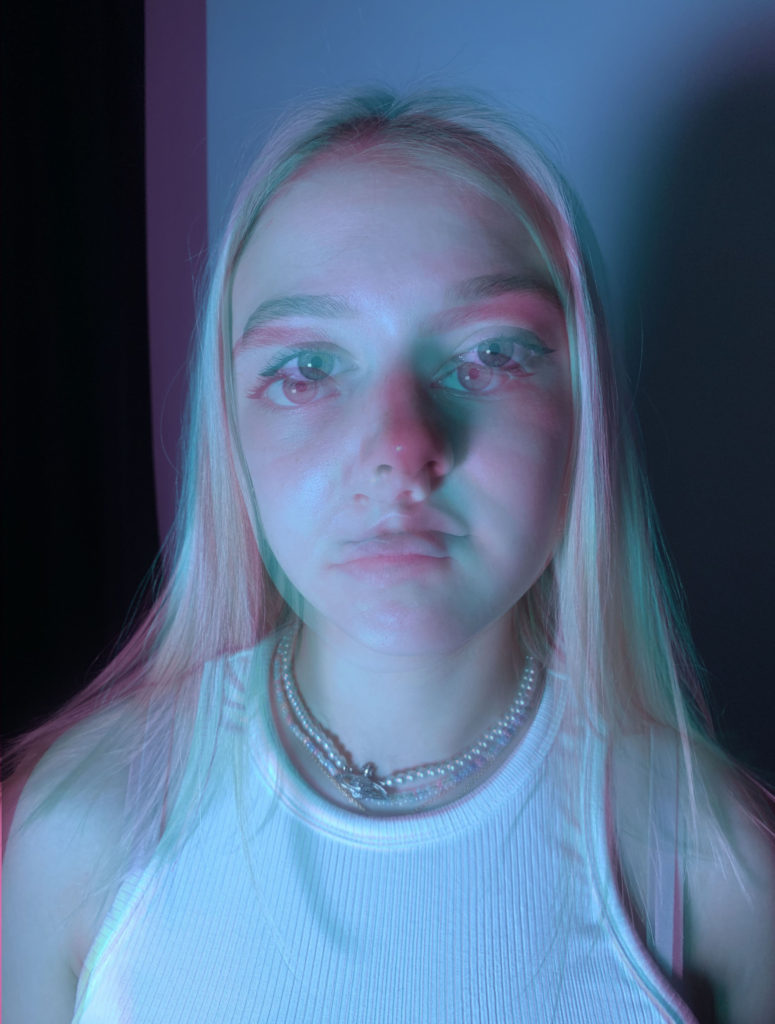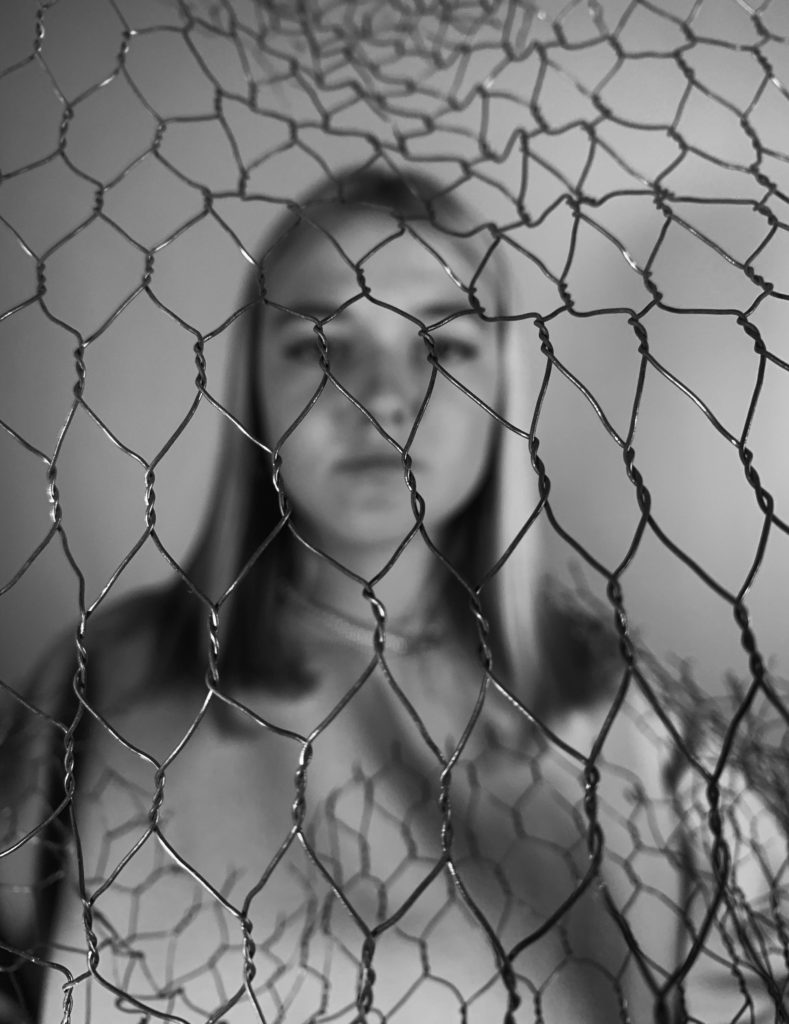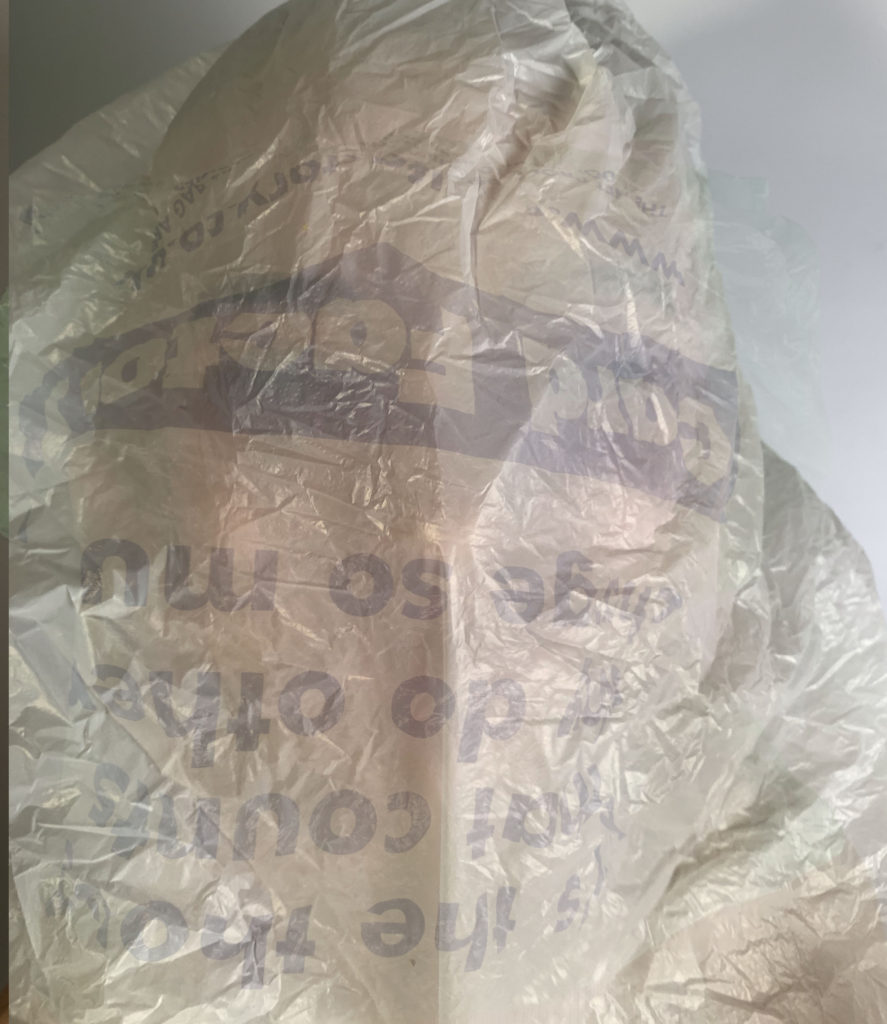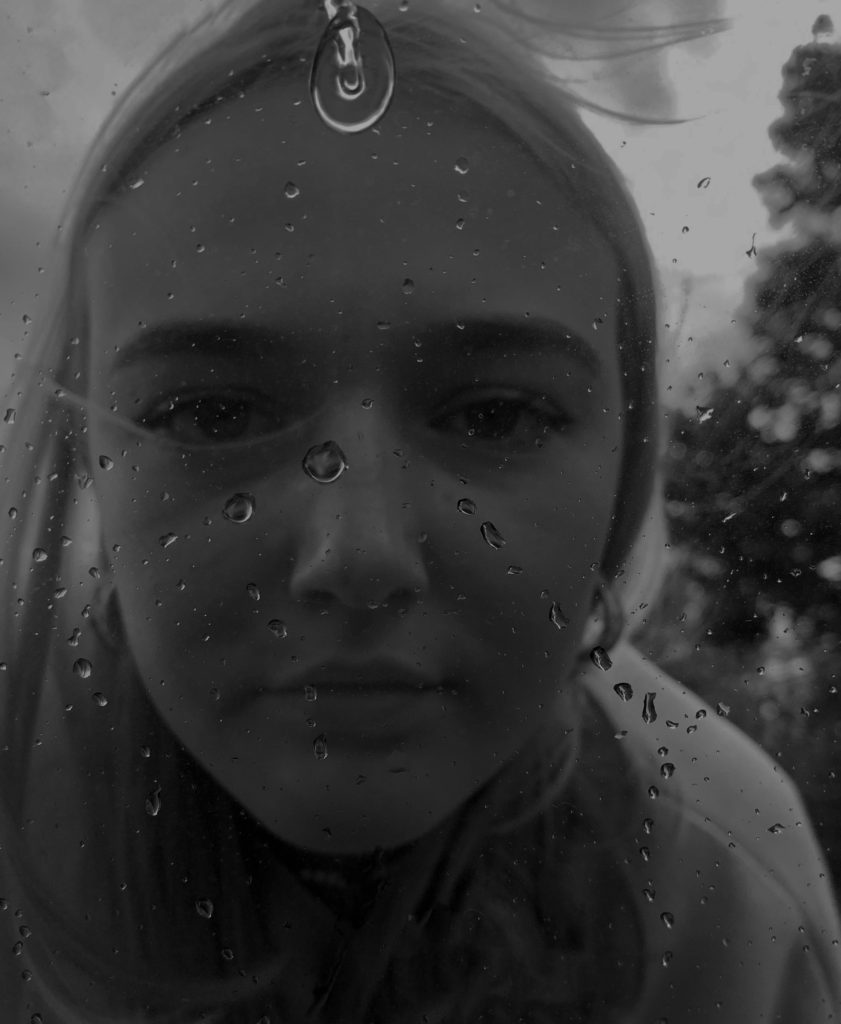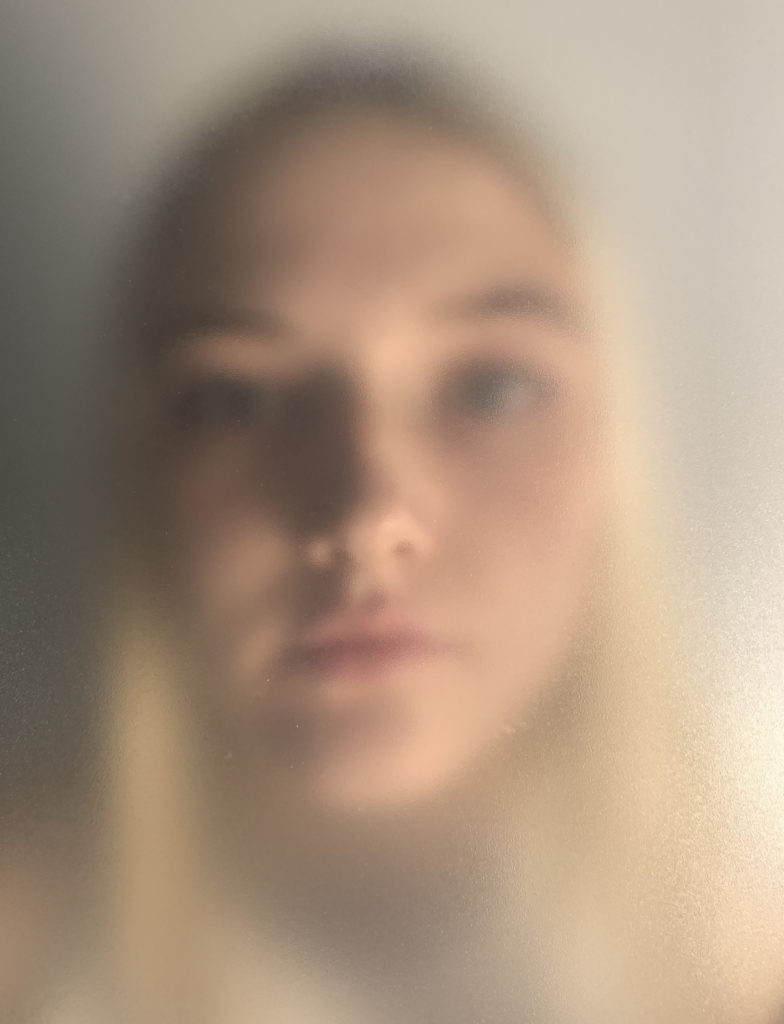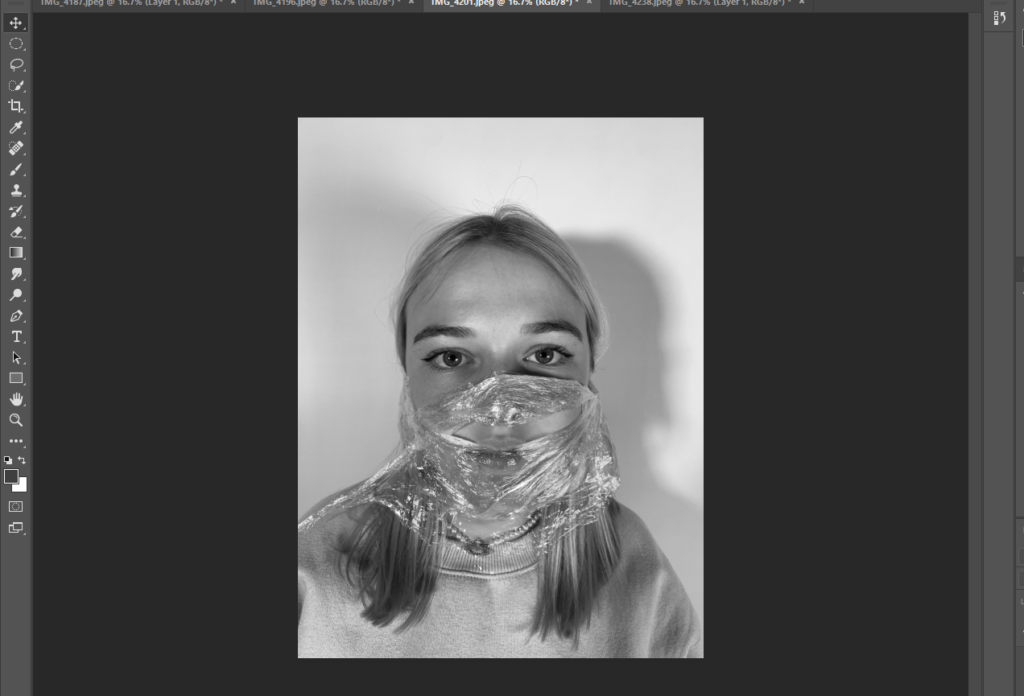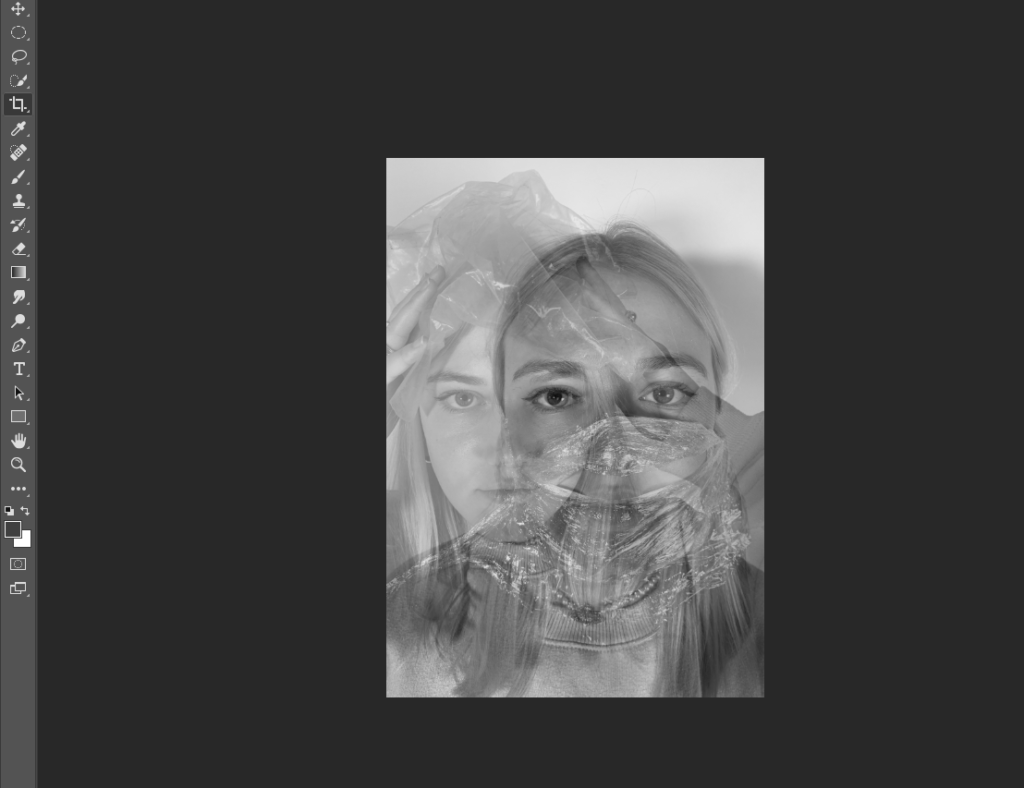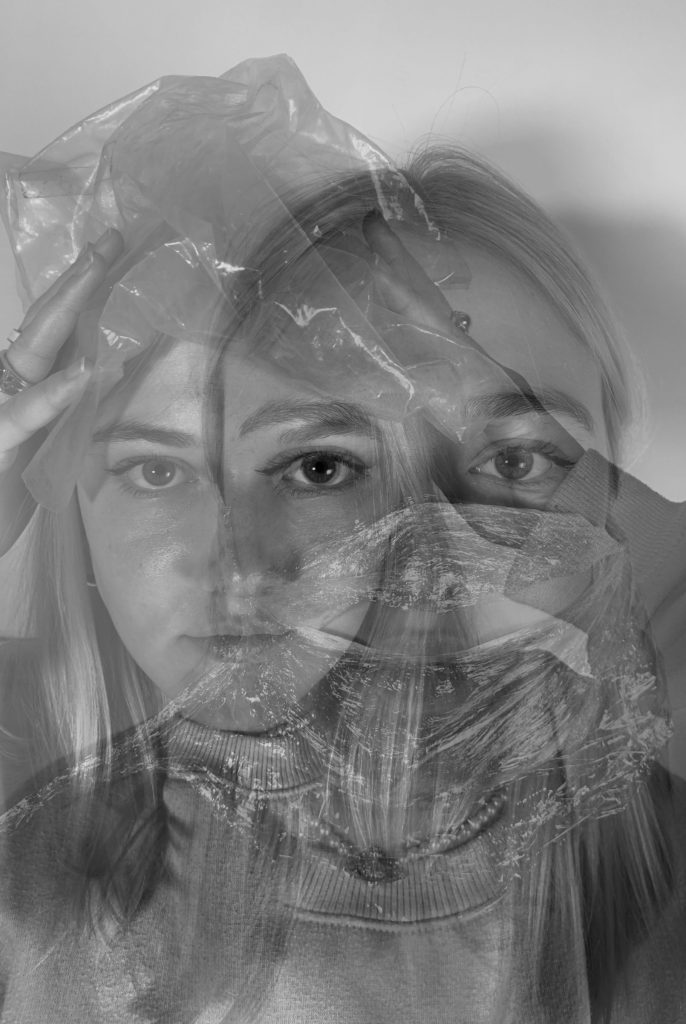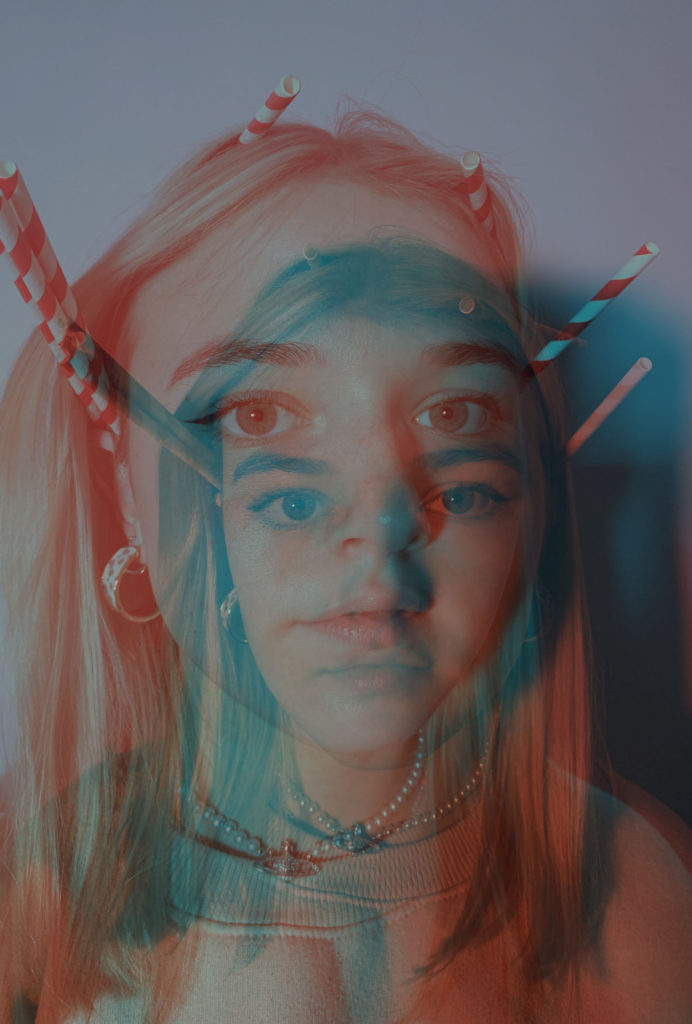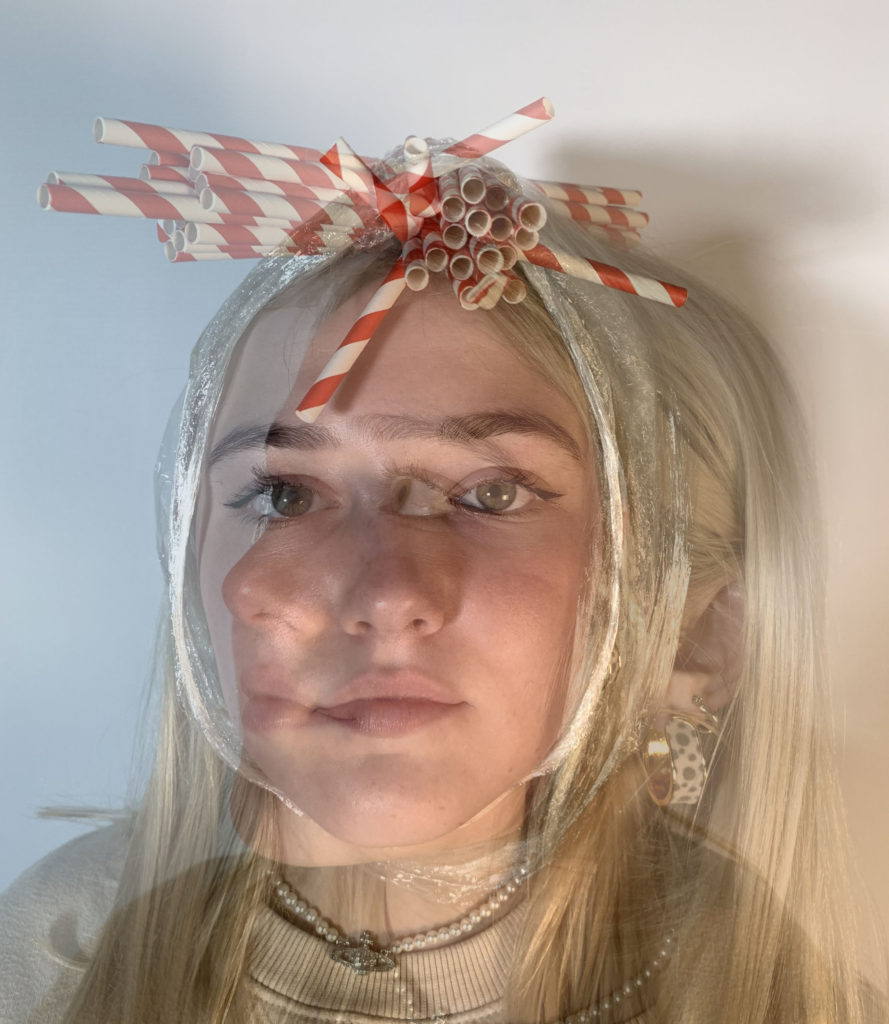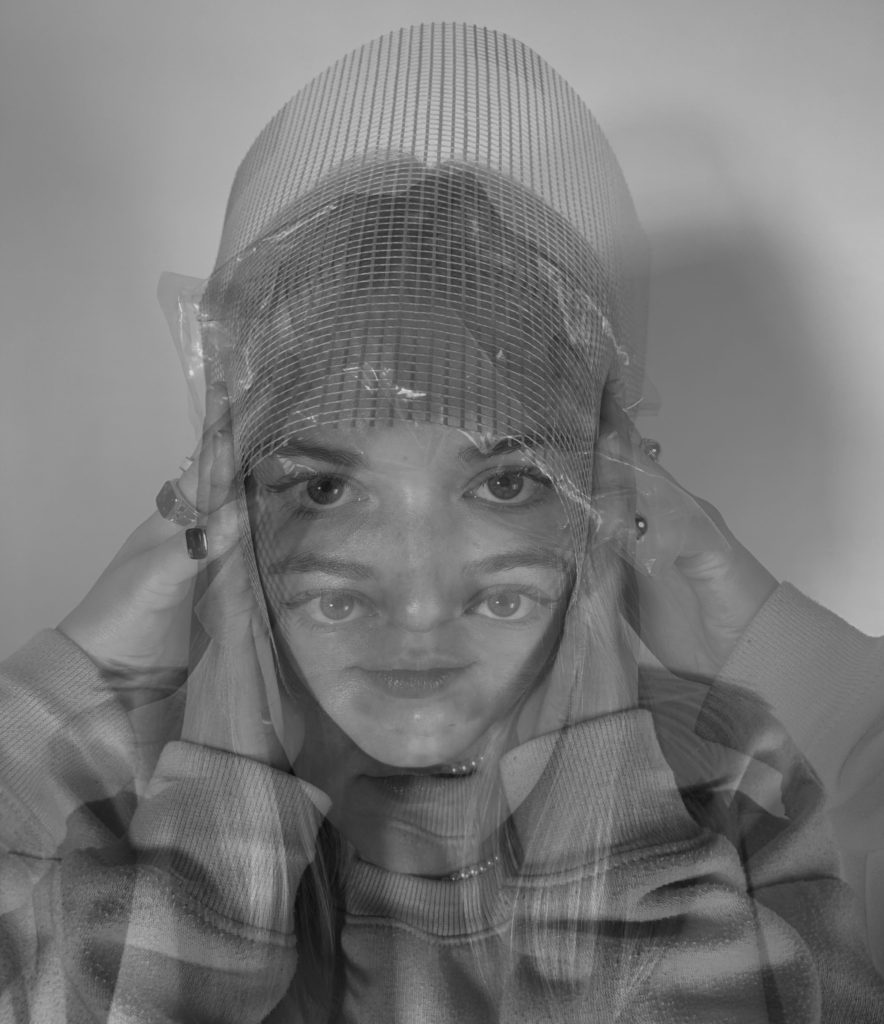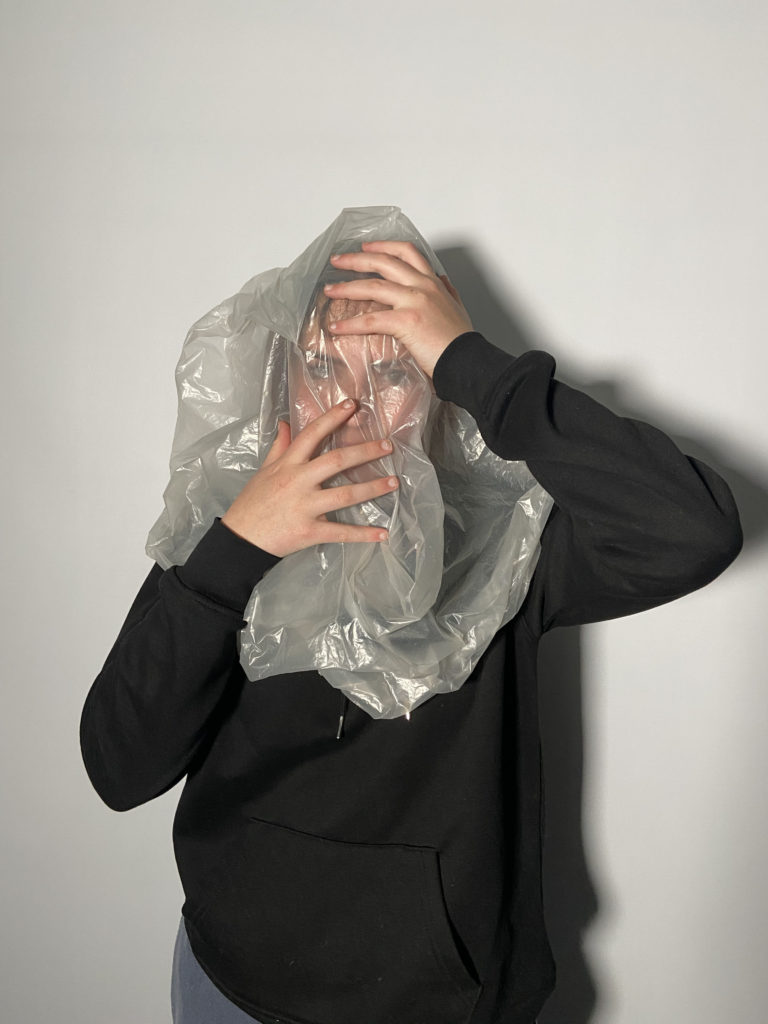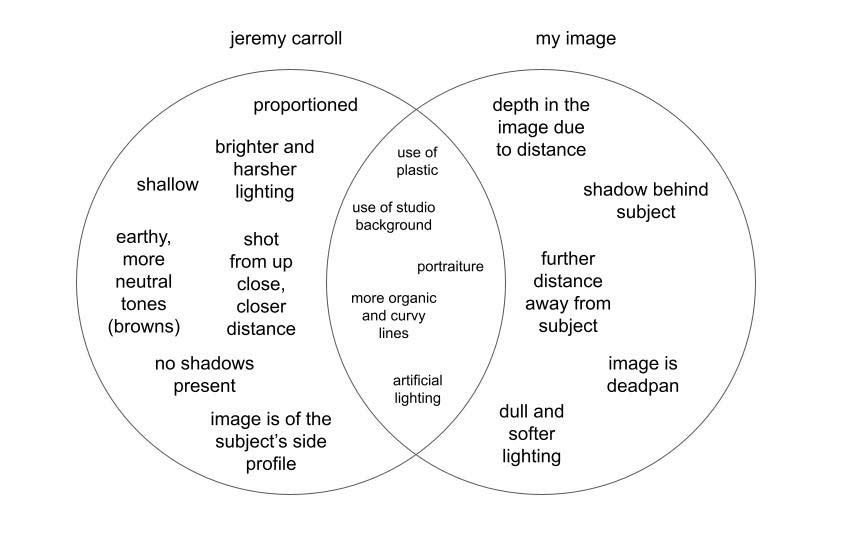The relationship between nature and mankind.
Shoot
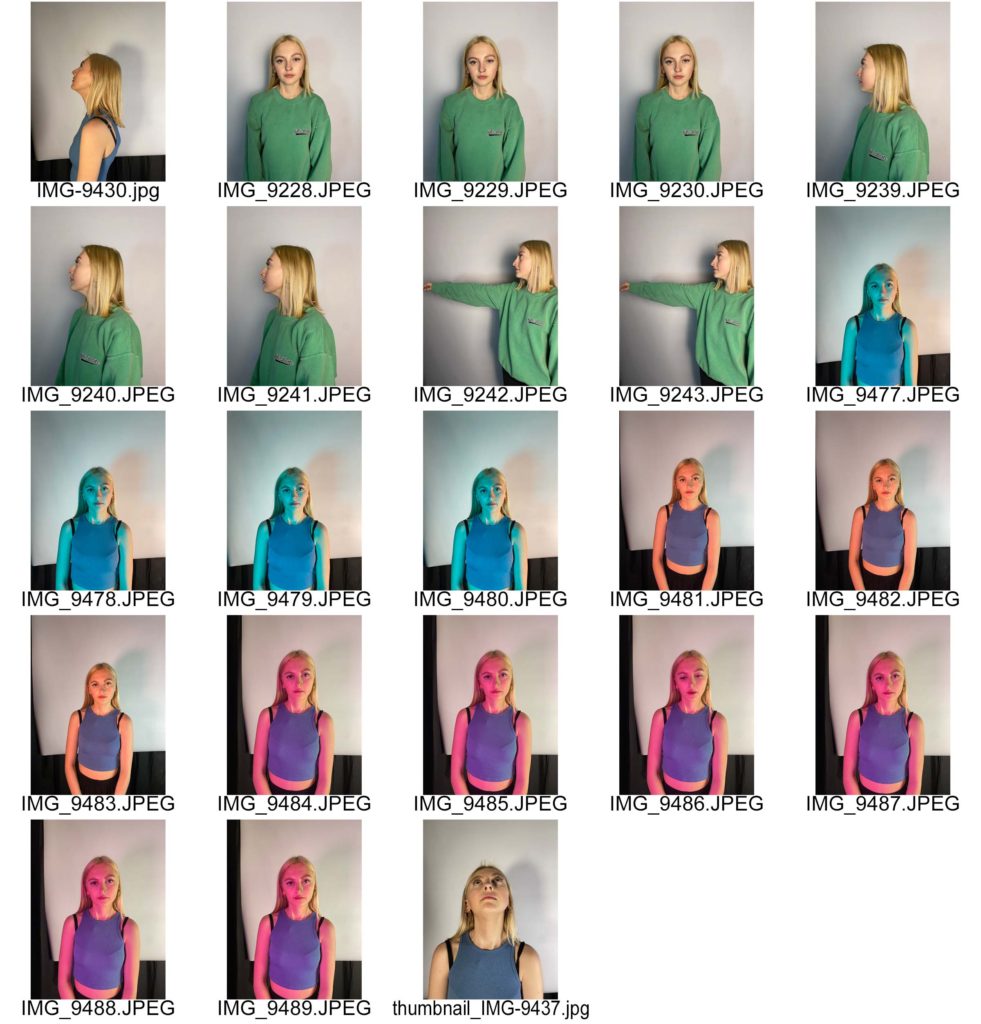
Conceptual Realism
Conceptual realism is the theory that abstract universals, unobservable general classes or ideal types have a reality that is independent, equal and sometimes superior to the reality of their individual parts or specific examples.
The terminological distinction was made in order to stress the difference between the claim that universal mental acts correspond with universal intentional objects and the perspective that dismissed the existence of universals outside the mind.
Surrealism
Surrealism is the creative potential of the unconscious mind, for example by the irrational juxtaposition of images. Surrealism aimed to revolutionize human experience, rejecting a rational vision of life in favor of one that asserted the value of the unconscious and dreams. The word ‘surrealist’ means ‘beyond reality’. Many surrealist artists used automatic drawing or writing to unlock ideas and images from their unconscious minds, and others sought to depict dream worlds or hidden psychological tensions.
Surrealism was a means of reuniting conscious and unconscious realms of experience so completely that the world of dream and fantasy would be joined to the everyday rational world in “an absolute reality, a surreality.”
Surrealism can be expressed through photo montage. Photo montage is often used as a means of expressing political dissent. It was first used as a technique by the dadaists in 1915 in their protests against the First World War. It was later adopted by the surrealists who exploited the possibilities photo montage offered by using free association to bring together widely disparate images, to reflect the workings of the unconscious mind.
Final images inspired by Bellissamo and surrealism
These images relate to surrealism in the way that they explore alternate worlds with hidden intentions. The message I aim to project through this image is how the thought of nature and how our actions affect the world around us has left our mind. We have put ourselves first and underappreciated the environment whilst doing things that benefit us and damaged the earth.

This picture represents how nature can fight back to how we affected the environment has humans. The way the branches crawl up the neck, strangling them as punishment.
The same with this image as the water falls down the neck, as if it was trying to drown the person in the photograph.
Another approach to these edits could be about the people who care and try to change the negative affects on the environment. This image shows a tree trunk instead of a head and brain. This represents how some people can be so focused on helping the planet and being vegan e.g., that it takes over their day-to-day life and they can become brainwashed.

This edit is inspired by Bellisimo’s collage between humans and nature. To involve the theme of Anthropocene, I edited this image with the reflection of a forest fire in the persons eyes, representing what they can see, compared and contrasted to what is in her mind. The green, healthy forest in her mind is a memory of what nature used to look like before deforestation. Forests still cover about 30% of the world’s land area, but they are disappearing at an alarming rate. Between 1990 and 2016, the world lost 502,000 square miles of forest. We need trees for a variety of reasons, they absorb the carbon dioxide that we exhale, and the heat-trapping greenhouse gases that human activities emit. As those gases enter the atmosphere, global warming increases, climate change. Anthropocene is man’s impact on the environment, this edit represents the large, negative impact we are having on earth.
To create this edit I made the image black and white, created layers with the forest images and cut and pasted where I wanted it to be. I took the portrait in the studio with artificial lighting to have a clear, sharp image. The face being in black and white indicates the lack of happy emotions, like the lack of bright colours. The colourless image represents the negative emotions created by what is seen.



